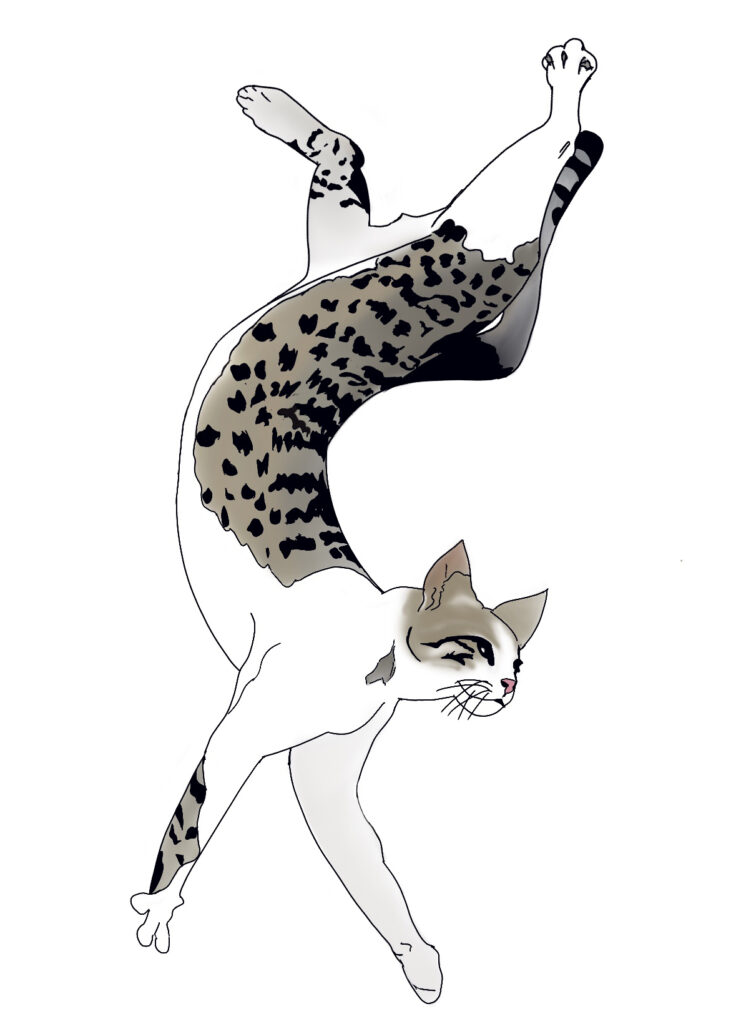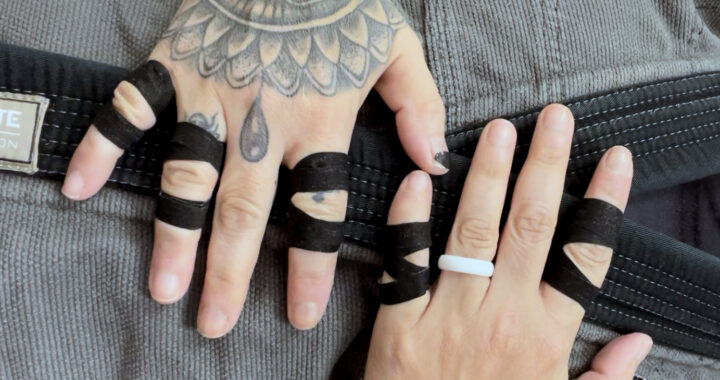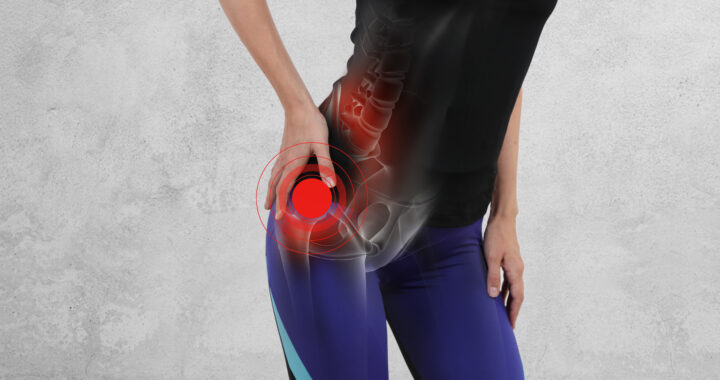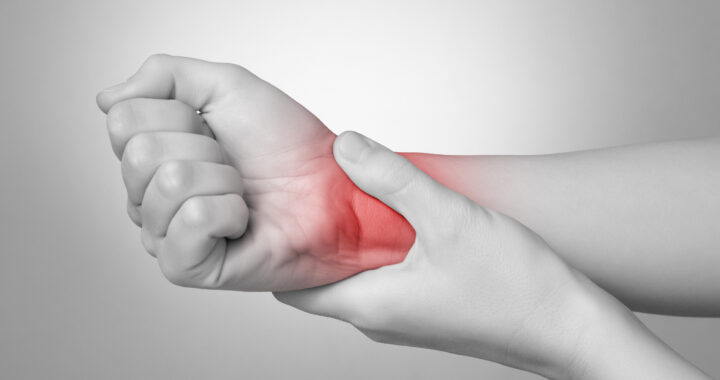Hypermobility Spectrum Disorder

By Chris Fletcher
Some people are just born more flexible, and in Brazilian Jiu-Jitsu that can be both an advantage and a disadvantage. Hypermobility Spectrum Disorder (HSD) is a connective tissue disorder that creates chronic musculoskeletal pain because of joint hyperextensibility beyond normal limits and affects at least 3% of the population, but some estimates are as high as 57% of the population. Sports that require flexibility such as gymnastics, yoga, dance, track and field, BJJ and swimming will see a higher incidence of HSD. (1)

It is highly heritable and is more common in women than men at a rate of 2:1. The amount of
hypermobility declines with age with most people testing negative on hypermobility scales
(Beighton Scale) after age 33 (2). To be diagnosed with a hypermobility disorder a person has tohave persistent joint and/or musculoskeletal pain or instability from multiple subluxations of
dislocations. (3) When as joint subluxes it moves out of normal physiological range but then
returns to its normal resting place, a joint dislocation is when the joint moves out of normal
physiological range and stays there, and requires outside force to move it back to its normal
resting place.
There is some evidence that being hypermobile increases the risk of injury in contact sports and
decreases the risk of injury in non contact sports. Hypermobile joints are more unstable and
generally have poorer muscular stability. When an outside force is added to the system the joint
is unable to move correctly and injury can occur. In non-contact sports that require flexibility
there is decreased risk of injury as the hypermobile joint has plenty of range to stretch without
sustaining injury. (2)
HSD has other symptoms than just musculoskeletal complaints, it also will typically have fatigue
(84%), headaches (75% of females), dysautonomia (75%), abdominal or pelvic pain (86%),
mitral valve prolapse and increased risk of anxiety and/or depression. (1)
Lifestyle modification is considered the best management for HSD. Regular exercise is
important, but the emphasis needs to be on the correct amount of training and pacing, with
decreased emphasis on improving flexibility. A good strengthening program focusing on the core
musculature around the joints, and bracing and/or taping are very helpful. (1)
Questions to ask if you are wondering if you may have HSD:
- Do you consider yourself double-jointed?
- Can you now (or could you ever) place your hands flat on the floor without bending your knees?
- Can you now (or could you ever) bend your thumb to touch your forearm?
- As a child, did you amuse your friends by contorting your body into strange shapes or could you do the splits?
- As a child or teenager, did your shoulder or kneecap dislocate on more than one occasion?
Positive responses to 2 of these questions can increase likelihood of a diagnosis of HSD but
must be made under the supervision of a medical doctor. (1)
It turns out that being more bendy can be a disadvantage in regards to additional symptoms
other than musculoskeletal. If you suspect you might be on the hypermobility spectrum visiting
your primary care physician is a great place to start then finding a physical therapist that is
knowledgeable can help greatly with management of this disorder.
Disclaimer: The content in this article is for informational purposes only – it is not intended to delay or substitute for professional medical advice, diagnosis, and/or treatment. The content is not intended to promote understanding of various musculoskeletal injuries. Content may not apply to your specific condition or symptoms. Always seek the advice of your physician or other qualified medical professional for any question you have for a medical condition.
References:
- Bharat Kumar B, Lenert P. Joint Hypermobility Syndrome: Recognizing a Commonly Overlooked Cause of Chronic Pain. The American Journal of Medicine. Vol 130, No 6, June 2017.
- Nathan JA, Davies K, Ian Swaine I. Hypermobility and sports injury. BMJ Open Sport Exerc Med. 2018; 4(1): e000366.
- Liaghat B et al.Clinical Characteristics of 100 Patients With Hypermobility Spectrum Disorders and Shoulder Complaints With or Without Mechanical Symptoms: A Cross-sectional Study. Archives of Physical Medicine and Rehabilitation. Volume 103, Issue 9, September 2022, Pages 1749-1757.e4

Our printed magazine is full of extraordinary women with extraordinary stories, get your printed copy via mail today >



 Return to Play
Return to Play  Finger Pulley Injuries and the Value of Taping
Finger Pulley Injuries and the Value of Taping  Hip Pain and the Sneaky Tensor Fasciae Latae
Hip Pain and the Sneaky Tensor Fasciae Latae  Low Back Pain
Low Back Pain  Toe Hold
Toe Hold  Wrist Locks:
Wrist Locks:  Father Time is Undefeated
Father Time is Undefeated  The Jiujiteira Sisterhood
The Jiujiteira Sisterhood  Advice in the Ranks- From White to Black
Advice in the Ranks- From White to Black  ADGS Rome: Jiujiteiras Shine in the Land of the Colosseum
ADGS Rome: Jiujiteiras Shine in the Land of the Colosseum